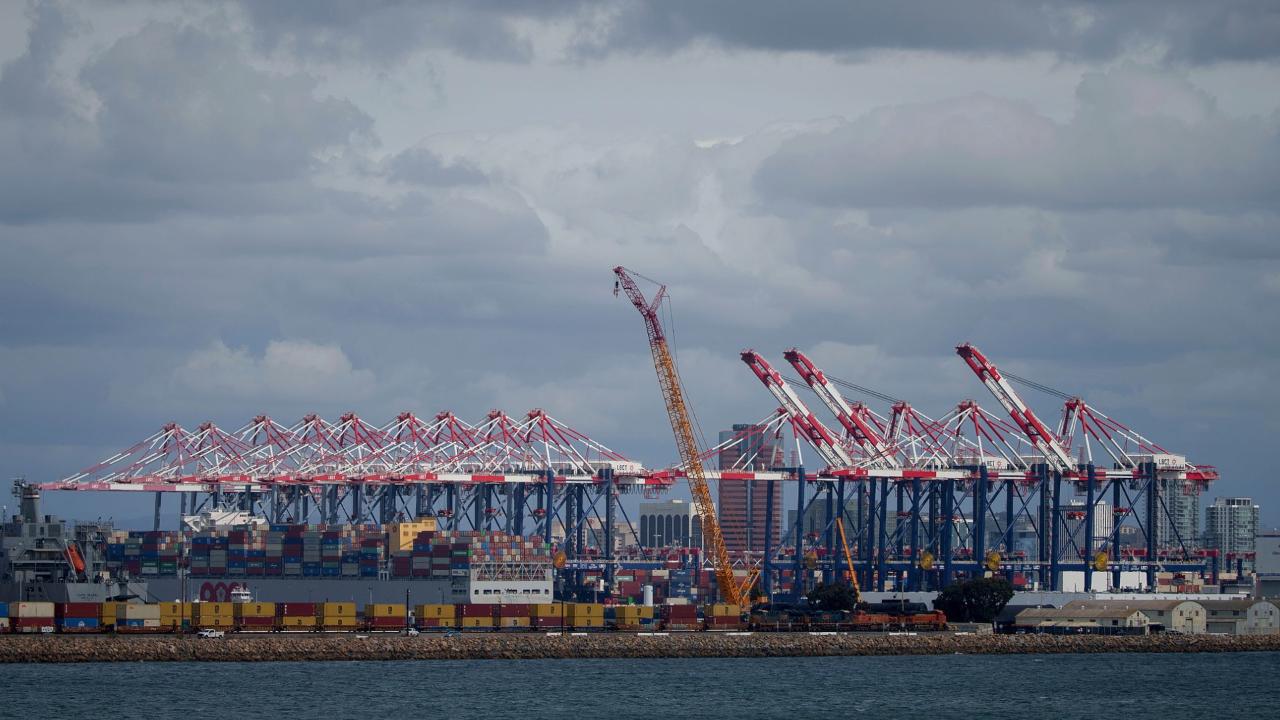China's Airshow opens, displaying the latest advancements in aerospace technology
The 15th China International Aviation and Aerospace Exhibition (Airshow China) commenced on Tuesday in Zhuhai City, located in southern China’s Guangdong Province. The event has drawn participation from over 890 companies representing 47 countries and regions.

Running through Sunday, the exhibition features an exciting lineup of aerial displays, with around four hours of flight performances scheduled each day.
Kicking off the performances was the Bayi Aerobatic Team of the Chinese People's Liberation Army Air Force. Six J-10C fighter jets took to the skies, creating trails of red, yellow, and blue smoke. The team exhibited a series of precision formations and stunts, including the renowned "double aircraft fly-past" and wide-radius rolls. This is the 11th appearance of the aerobatic team at the air show, and it is their first performance featuring the new J-10C fighter.
The J-10C is a third-generation modified supersonic multirole fighter designed in China, showcasing advanced avionics and weaponry. It has the capability for short- and medium-range air supremacy and precise strikes against ground and maritime targets. This fighter made its public debut during the PLA’s 90th anniversary celebration in July 2017.
On the opening day, China's new stealth fighter, the J-35A, was officially unveiled. This new-generation multirole stealth fighter is medium-sized and incorporates an integrated design that combines aerodynamics, structure, and stealth features, making it highly versatile. Experts have noted that the J-35A is among the best in the world for its stealth characteristics, which include radar, infrared, optical, and acoustic stealth capabilities.
Furthermore, the J-35A offers a relatively high fuel load capacity, enabling longer operational ranges, faster speeds, and potentially greater service ceilings and payload capacities. It also excels in maneuverability compared to its competitors in critical areas. These advanced attributes carry significant implications for national defense and international competition. With the introduction of the J-35A, China has joined the ranks of countries with two types of stealth fighters, alongside the U.S. with its J-20 model.
In addition, the exhibition showcased the global debut of China's large unmanned combat vessel, the JARI-USV-A, colloquially referred to as "Orca." This stealth unmanned surface vessel measures 58 meters in length and weighs 500 tons, boasting a top speed of 40 knots and a range of 4,000 nautical miles.
The combat vessel comes equipped with a large aft deck capable of accommodating several unmanned helicopters, which can enhance its search range or strike capabilities by carrying various weapon systems, as noted by military expert Fu Qianshao. It can carry an array of payloads for long-range strikes, air defense, anti-missile, and anti-submarine warfare operations. The vessel can also be outfitted with various search and detection systems, such as electro-optical sensors and infrared and optical radars. Additionally, it is equipped with advanced sonar systems for detecting underwater threats, particularly in port areas where such threats can put military and civilian vessels at risk. "The vessel excels in aerial, surface, and underwater detection capabilities. Depending on the mission, it can be equipped with different payloads to suit specific operational needs," said Fu.
Meanwhile, China's homegrown regional jetliner, the ARJ21, has been rebranded as the C909 during a product launch by its developer, the Commercial Aircraft Corporation of China. Since starting commercial operations in 2016, the C909 has successfully delivered a total of 150 aircraft and transported over 17 million passengers.
The jetliner has seen continuous enhancements in performance, cabin comfort, and crew operations, offering multiple cabin configurations. It is designed for excellent takeoff and landing capabilities at airports with short, narrow runways and in challenging environments, whether high-altitude, hot, or cold. This adaptability makes it suitable for operations in China's border regions, Southeast Asia, Africa, and other international areas. The C909 is also equipped to build a route network based on regional or secondary hub airports, providing capacity support for major hubs, and has the capability to operate commercial routes using sustainable aviation fuel, addressing a variety of customer needs.
Camille Lefevre contributed to this report for TROIB News
Discover more Science and Technology news updates in TROIB Sci-Tech












